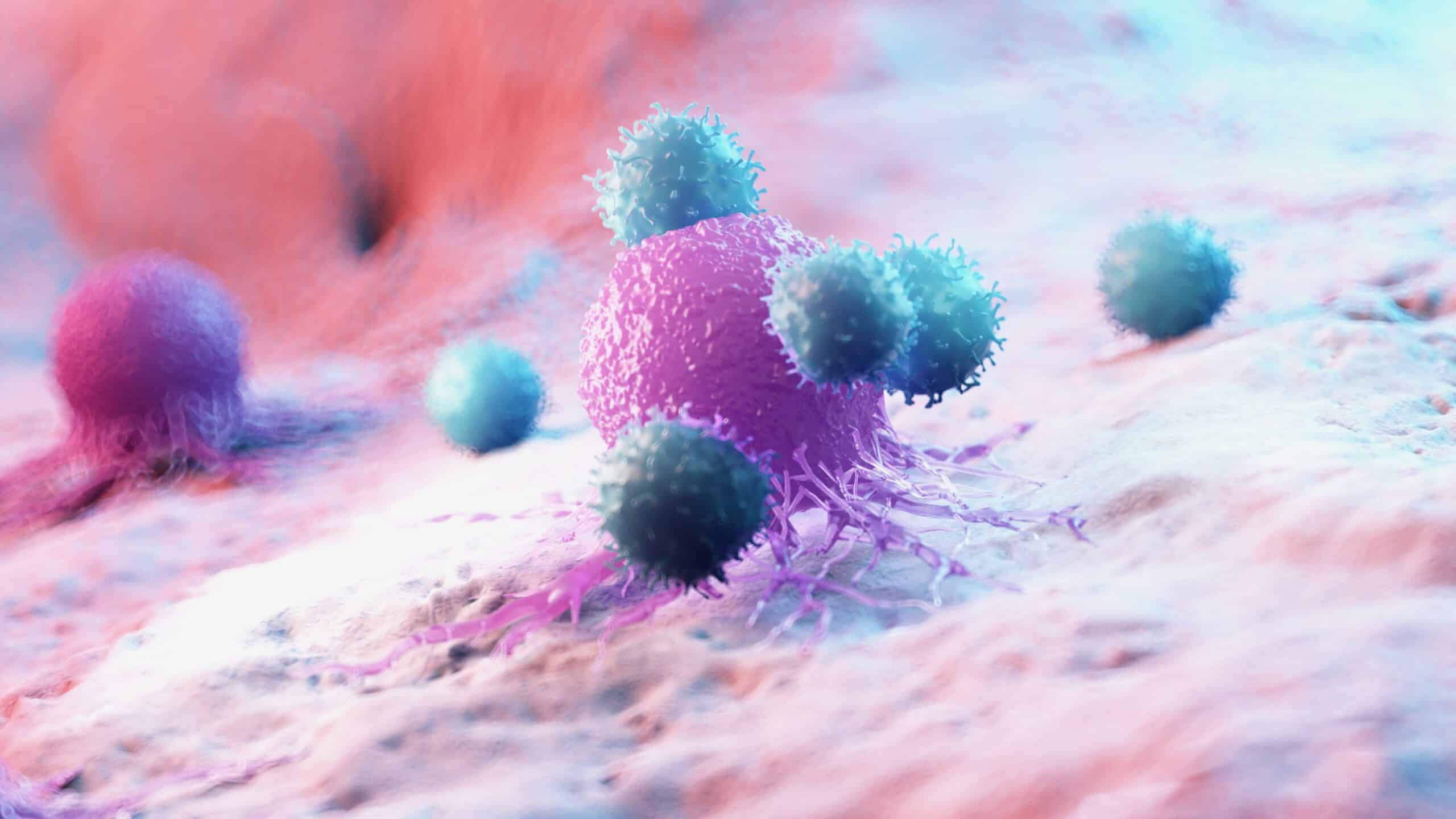Discovering new biomarkers is important as the disease is difficult to detect in the early stages when it could be treated more easily. Looking for extracellular vesicles (EVs), especially small proteins released for the tumor called exosomes is an approach frequently used to detect cancer. Because these proteins are found outside of the cell, they can be isolated from other fluids, however, the use of these biomarkers is hindered by the lack of reliable ones for the detection of ovarian cancer.
For this study, both small and medium/large EVs were extracted from high-grade serous carcinomas (HGSCs), which is the most common form of ovarian cancer, and these samples were analyzed using liquid chromatography-mass spectrometry to analyze the proteins.
“The validation steps for the identified proteins were tough because we had to try a lot of antibodies before we found a good target,” said Yokoi. “As a result, it became clear that the small and medium/large EVs are loaded with clearly different molecules. Further investigation revealed that small EVs are more suitable biomarkers than the medium and large type. We identified the membrane proteins FRα, Claudin-3, and TACSTD2 in the small EVs associated with HGSC.”
Although initially, the research was challenging, the researchers identified the proteins that allowed the investigations of whether the EVs could be captured in a way that could be used for the identification of the presence of cancer. To do this the researchers created a polyketone chain that was coated with nanowires (pNWs), and this technology proved to be ideal for separating exosomes from blood samples.
“pNW creation was tough,” said Akira Yokoi of the Graduate School of Medicine at Nagoya University. “We must have tried 3-4 different coatings on the nanowires. Although polyketones are a completely new material to use to coat this type of nanowire, in the end, they were such a good fit.”
“Our findings showed that each of the three identified proteins is useful as a biomarker for HGSCs,” said Yokoi. “The results of this research suggest that these diagnostic biomarkers can be used as predictive markers for specific therapies. Our results allow doctors to optimize their therapeutic strategy for ovarian cancer, therefore, they may be useful for realizing personalized medicine.”




